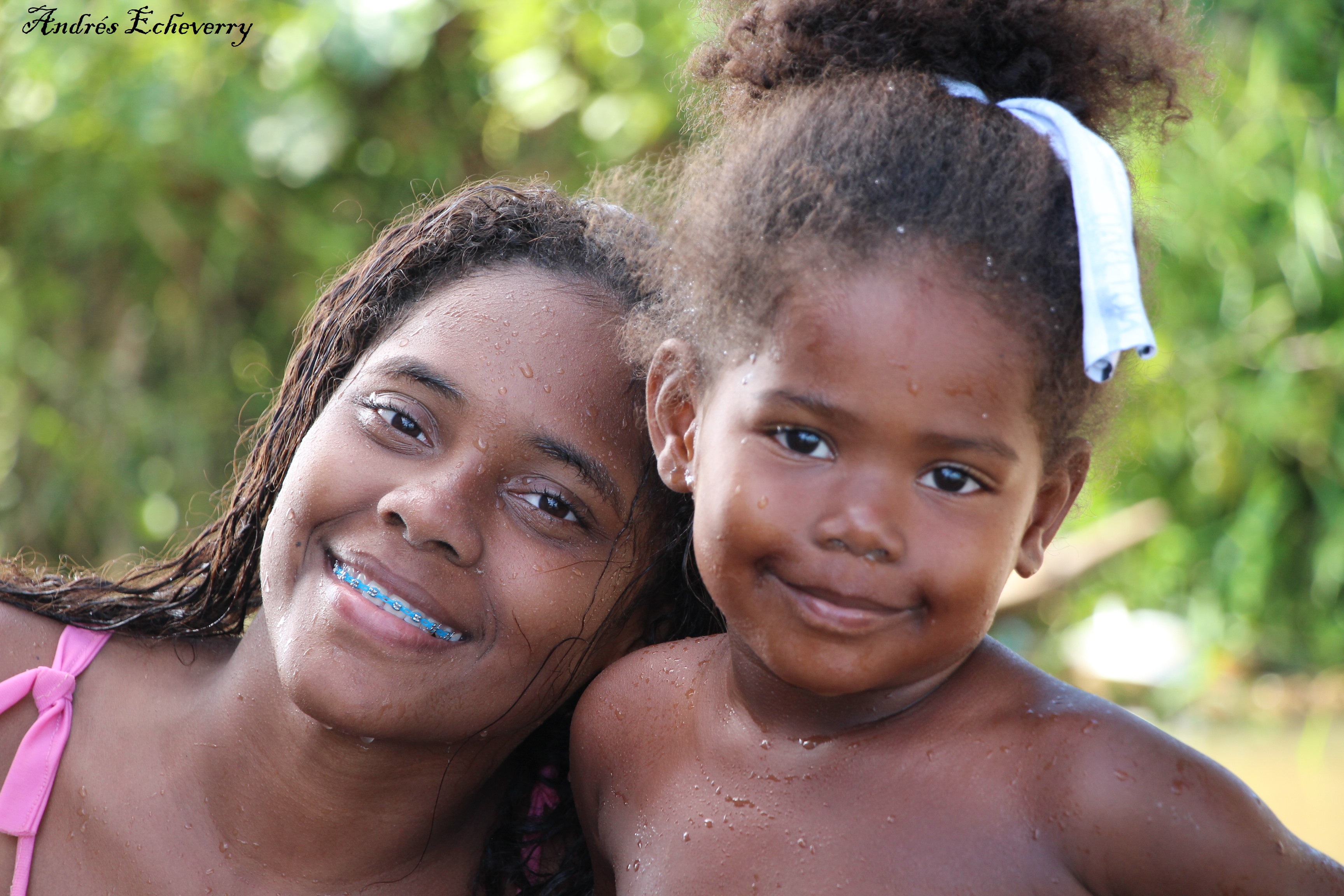Women and children
Women of Tumaradó
Andrés Echeverry
The children!
Andrés Echeverry
Women fixing fish
Andrés Echeverry
Women and dance
Andrés Echeverry
The participation of women, youth and children from Tumaradó in different activities related to fishery resource monitoring is clear and marked. Some women are in charge of handling and arranging the fish and are involved in commercialization and value-added activities such as cleaning and gutting the fish. Some women have been involved in monitoring because of their participation in fish cleaning activities. They also play a leading role in gastronomy, participate in meetings, workshops and environmental education activities, support the implementation and logistics of cultural events, and support their husbands and fathers in carrying out their activities.
Generally, there are two women from the community on the team, and others are involved in the different activities, for example, as collectors of fishing information and facilitators of the agreement: accompanying fishing operations to verify compliance with the provisions of the agreement.
For their part, the children support the landing of hydrobiological resources, in addition to accompanying their parents to throw the nets during fishing operations, and participate in workshops and different spaces for socialization of the monitoring results, allowing the generation of knowledge and wisdom.
-Effective inclusion of women and children from the Tumaradó community in the work related to the use agreement.
-Knowledge of the agreement and the use of the monitoring information in the community of Tumaradó, this is included in the educational institution, teachers-students.
-Women are the ones selected to carry out the trade tasks because of their ability to manage finances, which is recognized by the fishermen themselves, who leave these functions in their hands.
-Some women and children accompany the fishing tasks, however, in the Tumaradó Community this role is more marked in the men.
-The roles are complementary, there is no competition, rather the aptitudes of each gender are recognized and used strategically.
-The agreement has allowed women to be more visible, making their roles in the community more dynamic.
